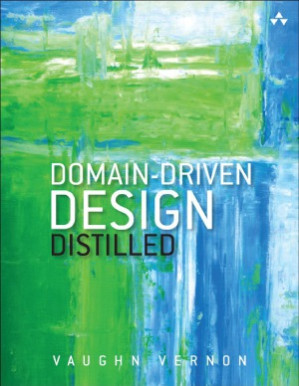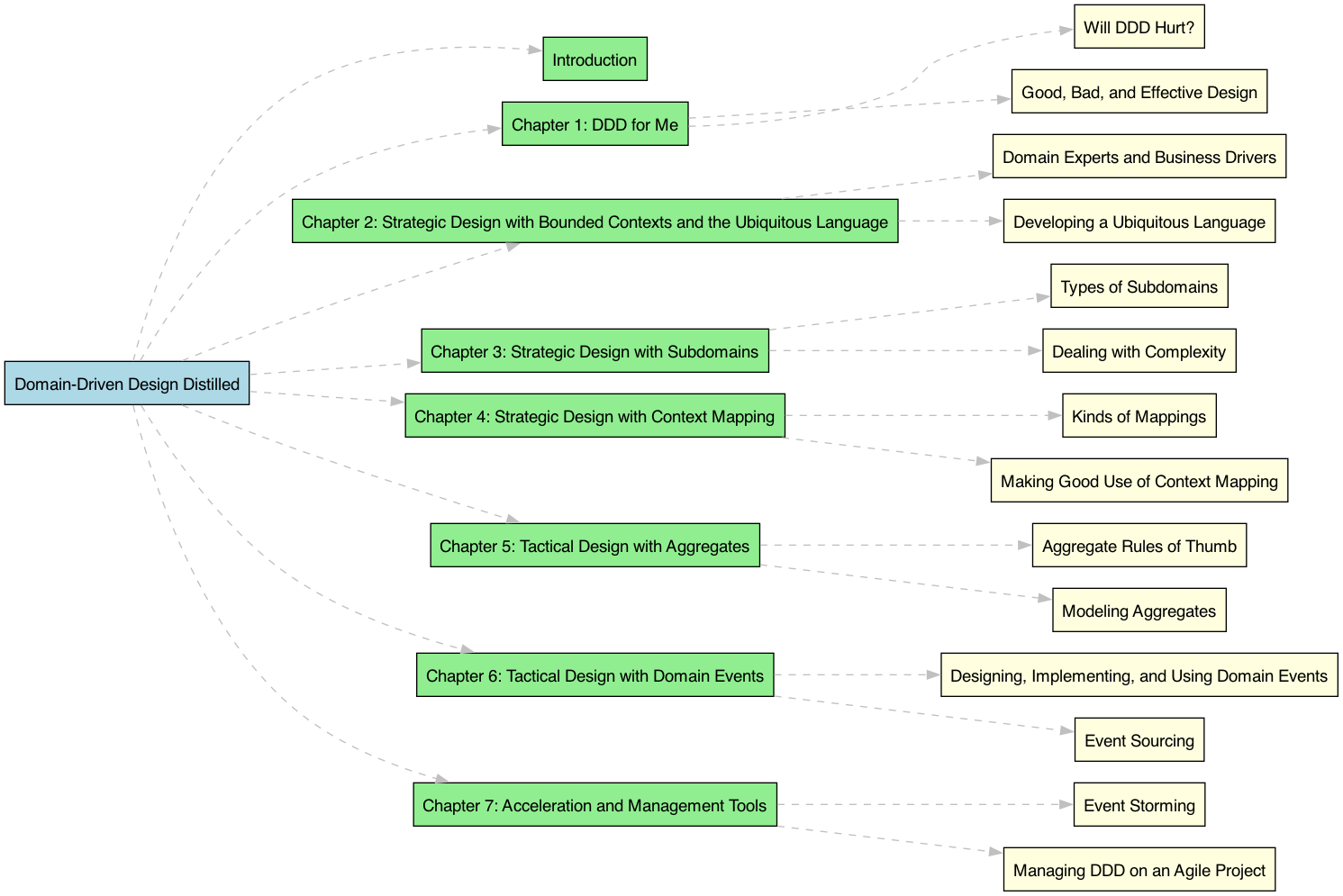Insights from Domain-Driven Design Distilled
In the complex world of software development, mastering effective design principles is key to success. Vaughn Vernon's "Domain-Driven Design Distilled" simplifies the intricate concepts of Domain-Driven Design (DDD), providing a clear path to creating software that truly aligns with business needs. This book breaks down strategic and tactical modeling tools that can transform how software projects are approached and executed.

Summary

Chapter 1: DDD for Me
Will DDD Hurt?
Vernon addresses common misconceptions about DDD being overly complicated and emphasizes its role in simplifying complex software projects by focusing on effective design over the "task-board shuffle" often seen in agile methodologies.
Good, Bad, and Effective Design
This section explores the importance of effective design, distinguishing it from the ineffective practices that lead to poorly designed software. Vernon stresses the necessity of thoughtful design to avoid the pitfalls of a "Big Ball of Mud."
Chapter 2: Strategic Design with Bounded Contexts and the Ubiquitous Language
Domain Experts and Business Drivers
Vernon introduces the concept of Bounded Contexts and Ubiquitous Language, essential for ensuring that all team members and stakeholders share a common understanding of the domain. He emphasizes the need for collaboration between developers and domain experts to develop a precise and effective model.
Developing a Ubiquitous Language
A key takeaway from this chapter is the importance of creating a language that is both shared and rigorously defined within a specific context. This helps in maintaining clarity and reducing misunderstandings in software development.
Chapter 3: Strategic Design with Subdomains
Types of Subdomains
The book categorizes subdomains into Core, Supporting, and Generic, each with different levels of strategic importance and resource allocation. Understanding these distinctions helps prioritize efforts in software projects.
Dealing with Complexity
Vernon discusses how to manage complexity by breaking down the business domain into manageable subdomains, which can help in integrating legacy systems and improving overall design clarity.
Chapter 4: Strategic Design with Context Mapping
Kinds of Mappings
Context Mapping is crucial for understanding how different subdomains interact. Vernon describes various types of mappings like Partnership, Shared Kernel, and Customer-Supplier, each serving different integration needs.
Making Good Use of Context Mapping
This section provides practical advice on applying context maps to improve team collaboration and ensure consistent integration across different parts of the software.
Chapter 5: Tactical Design with Aggregates
Aggregate Rules of Thumb
Vernon offers practical guidelines for designing aggregates, including keeping them small, ensuring they protect business invariants, and using identity references appropriately.
Modeling Aggregates
This chapter dives into the nuances of creating aggregates that are both effective and maintainable, with a focus on choosing the right abstractions and ensuring testability.
Chapter 6: Tactical Design with Domain Events
Designing, Implementing, and Using Domain Events
Vernon explains how domain events can be used to model significant occurrences within the domain, facilitating better communication and integration between different parts of the system.
Event Sourcing
The concept of event sourcing is introduced as a way to persist the state of aggregates by storing the sequence of events that led to their current state, providing a robust way to manage state changes over time.
Chapter 7: Acceleration and Management Tools
Event Storming
Event Storming is presented as a powerful tool for collaborative modeling, helping teams quickly understand and design complex domains.
Managing DDD on an Agile Project
This section offers insights into integrating DDD practices into agile projects, emphasizing the importance of continuous learning and adaptation.
Key Takeaways
- Effective Design Matters: Emphasizing effective design can distinguish successful projects from those that fail due to poor planning and execution.
- Importance of Collaboration: Engaging both developers and domain experts is crucial for developing a shared understanding and precise models.
- Strategic Use of Bounded Contexts and Subdomains: Properly defining and using Bounded Contexts and Subdomains helps manage complexity and improve software quality.
- Event-Driven Approach: Utilizing domain events and event sourcing provides a scalable and maintainable way to handle state changes and communication.
Personal Reflections
Reading "Domain-Driven Design Distilled" has been an eye-opener. Vaughn Vernon's ability to distill complex concepts into actionable insights makes DDD accessible and practical. The emphasis on collaboration and effective design resonates with my experiences, highlighting areas for improvement in our current practices.
Conclusion
"Domain-Driven Design Distilled" by Vaughn Vernon is a valuable resource for anyone involved in software development. Its practical advice and clear explanations make it an essential guide for implementing DDD principles, ensuring that software projects are both strategically sound and effectively executed.